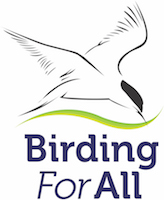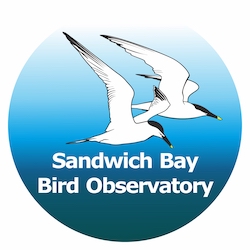GOB 65 – Blackcap…
(This article first appeared in the June 2015 edition of ‘Birdwatching’ magazine)
There is something immensely charming about a Blackcap. Their Jet black or red-brown bonnet setting off the subtle grey throat and belly and washed out olive wings, gives them a dapper and elegant look.
This winter I think I provided the lifeline to some of these cuties. I’m not sure how many as I saw two adult males at one time and a redcap… the most regular feeder was a male but its impossible to know if this was just one individual.
He made numerous visits and, starlings permitting, stuffed his face for periods of up to twenty minutes. He got dubbed ‘Fatboy slim’ as he was single-minded in his consumption and at times rooted to our diminutive cherry tree, his slender profile fluffing up to keep out the cold when roosting.
I am lucky enough to live close to the beach with coast on three and a bit sides. In Roman times it was an island, but now the former kilometre wide channel, last navigated by sailing ship in the eighteenth century, is a tiny river an athlete could jump across. Being as far southeast as you can get without having a French accent we are blessed with a very mild climate, which means we get a lot of birds overwintering that might not find a niche even a few miles inland. Firecrests and Chiffchaffs are normal winter birds and occasionally we host vagrants and stragglers. This may also explain the number of Ring-necked Parakeets… now several thousand roost and we have even had double figures in our tiny yard, queuing on the washing line where we string up apples for them.
So blackcaps have graced the garden before in just about any month, but have never hung around to feed. They have poked around my flowerpots and like a long-staying chiffchaff managed to find a few mites and midges, but shunned the fat balls and seed feeders and were not even tempted by the meal worms and suet scattered over my garage roof.
What made the difference to them also led to a garden first, a bird that I am hoping becomes a regular.
An old friend was extolling the virtues of fat-filled coconut shells available on the cheap from the Pound Shop. He assured me that they were firm garden favourites. I admit to some scepticism, as he is a ‘careful’ man and not one to spend top dollar on bird feed. I, on the other hand only offer top class sunflower hearts and nyjer, so thought these old chestnuts, oops, coconuts, were superseded by the high class fare I was tempting them with.
Nevertheless, I decided to give them a go and Mrs Grumpy snaffled some of Asda’s finest (other Supermarket offerings also available). In less than 24 hours the great tits and blue tits were stuck in. Then the garden ‘first’ took a look… a great-spotted woodpecker landed on the shed roof, but was scared away by my shout of surprise. A week later he was not only back, but was pounding the coconut’s interior before flying off to the park. My better half managed to see him on his third visit and we still await more appearances.
Ever since the blackcap found the shell a few days later he has been back every day and manages to shoo off everything other than starlings when he wants to perch on the cherry tree and eat his fill.
Thinking about it, coconuts hung up for the birds goes back beyond my childhood, it wouldn’t surprise me to hear that they have been garden bird treats for a century or more. Doubtless they are still going strong in many a non-birder’s backyard and are so familiar a source of nourishment that they are a magnet for birds that haven’t really got the hang of other feeders.
No doubt about it, oldies are still goodies!
Postscript: After visits every day for more than a month it slowly dawned on me that there were (at least) two male blackcaps coming to the feeders… ‘Fatboy’ AND ‘Slim’; whose white-fringed wing feather marked him as a second bird.
Hear the Podcast





